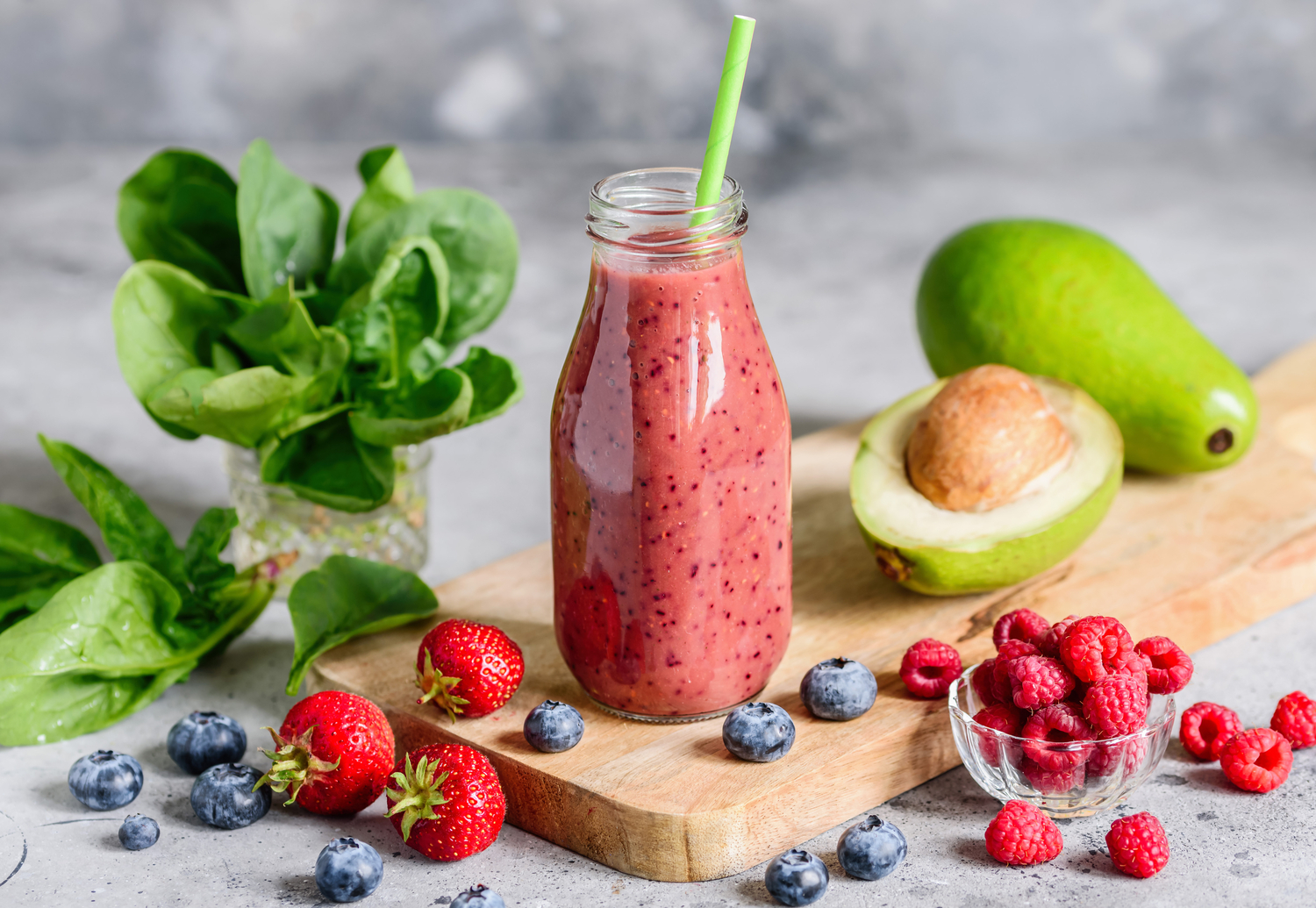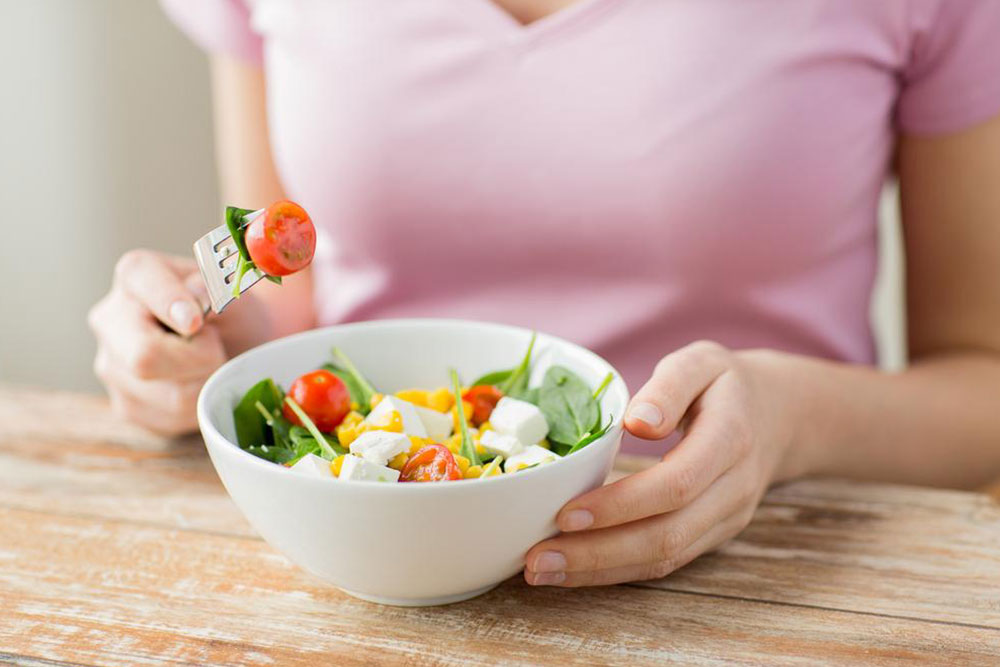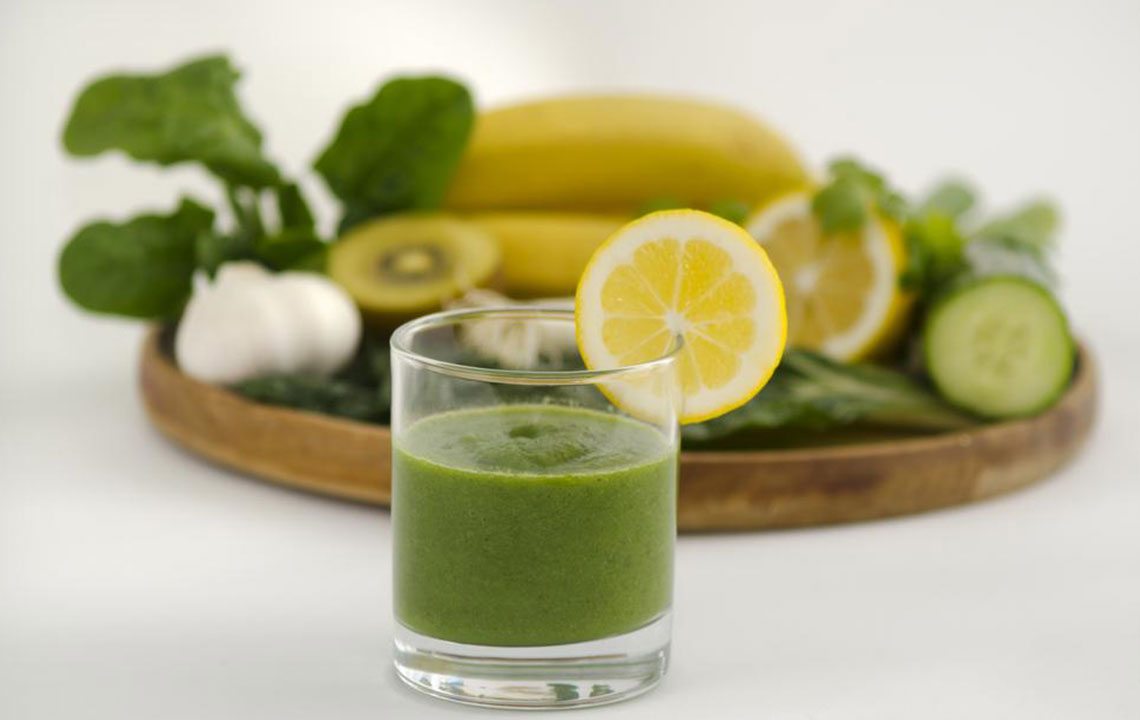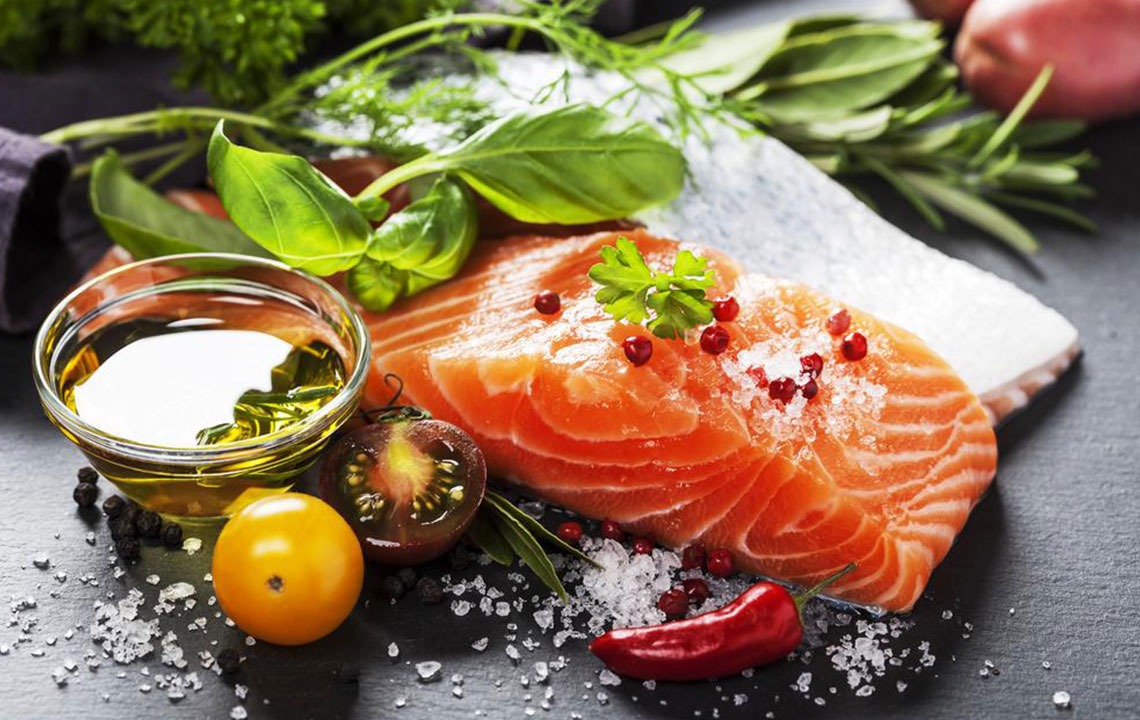Effective Dietary Strategies for Managing Anemia with Iron-Rich Nutrition
This comprehensive guide explores effective dietary strategies to combat anemia by emphasizing iron-rich foods and meal planning. It covers daily iron needs, meal ideas for breakfast, lunch, dinner, and snacks, and highlights top iron sources such as leafy greens, meats, shellfish, and fortified foods. By combining nutrients like vitamin C with iron sources, the article offers practical advice for improving iron absorption and supporting blood health. Whether managing mild deficiency or supporting recovery, adopting these nutritional strategies can significantly improve anemia symptoms and overall well-being.

Optimized Iron-Rich Diet to Fight Anemia Effectively
Anemia remains a prevalent health concern characterized by a reduced number of red blood cells or hemoglobin in the bloodstream. This condition hampers the body's ability to efficiently deliver oxygen from the lungs to tissues and vital organs, leading to symptoms such as fatigue, weakness, pale skin, and shortness of breath. Among the various causes, iron deficiency is the most common contributor, primarily because iron is a fundamental component of hemoglobin. Without adequate iron intake, producing sufficient healthy red blood cells becomes challenging. Fortunately, adopting a carefully planned, iron-rich diet can significantly improve anemia management and promote overall health.
Understanding Daily Iron Needs
Meeting the right amount of daily iron intake is crucial for effective anemia prevention and treatment. Generally, adult men require about 10 mg of iron per day, whereas women need approximately 12 mg daily. However, these requirements may increase during pregnancy or breastfeeding, given the higher demand for blood volume and fetal development. Adjusting dietary intake accordingly can help maintain optimal iron levels, prevent deficiency, and support red blood cell production. It is essential, however, to balance iron consumption carefully, as excessive iron intake can lead to adverse effects such as gastrointestinal discomfort, constipation, or iron overload disorders.
Constructing a diet centered around iron-rich foods involves selecting nutrient-dense ingredients that support red blood cell synthesis. Incorporating foods rich in vitamin C alongside iron sources enhances absorption, making your dietary strategy even more effective. Below are some practical, delicious meal ideas across breakfast, lunch, dinner, and snacks designed specifically to boost iron intake and help manage anemia effectively.
Daily Iron Intake Recommendations
Achieving the optimal iron intake involves consistent consumption of a variety of foods that provide both heme and non-heme iron. Heme iron, found in animal-based foods, is more readily absorbed, while plant-based sources contain non-heme iron, which benefits from vitamin C for better absorption. Combining these dietary elements throughout the day ensures a comprehensive approach to increasing iron stores and supporting healthy red blood cell production.
Innovative Iron-Focused Meal Ideas for Anemia
Developing meals with high iron content can be both enjoyable and beneficial. Here are some nutritious, easy-to-prepare recipes for each part of your day:
Breakfast: Spinach & Blueberry Smoothie — This vibrant smoothie combines dark leafy greens like spinach, rich in non-heme iron, with blueberries, which provide vitamin C to boost iron absorption. Blend together fresh or frozen spinach, blueberries, rolled oats, oat milk, and a touch of maple syrup. It’s a quick way to invigorate your morning while supporting your iron needs.
Alternative Breakfast Options: Dried fruit oatmeal, scrambled eggs combined with spinach and tomatoes, or fortified orange juice provide additional avenues for increasing daily iron intake.
Lunch: Veggie-Loaded Fried Rice with Eggs — Use cooked rice mixed with sautéed leafy greens such as spinach, collard greens, or kale, and add scrambled eggs for protein. Incorporate a handful of nuts like almonds or cashews to further enhance iron levels. Season with garlic, onions, soy sauce, and spices like ginger for flavor. This dish is not only nutrient-dense but also quick to prepare.
Dinner: Hearty Butternut Squash & Black Bean Chili with Yogurt — Combine nutrient-rich ingredients like butternut squash and black beans, both excellent sources of iron. Cook the squash with garlic, onions, tomatoes, vegetable broth, and spices like cumin and cinnamon. Topping the chili with a dollop of yogurt adds probiotics and calcium, supporting overall health and taste.
Healthy Snacks: Hard-Boiled Eggs & Nutty Treats — Keep hard-boiled eggs handy as a convenient iron-rich snack. Sprinkle with a little salt and pepper, or add a dash of paprika for flavor. Pair with dried pumpkin seeds, figs, or dates for an energy boost, fiber, and additional nutrients beneficial for those with anemia.
Top Iron Sources to Incorporate into Your Diet
For effective anemia management, focus on including diverse sources of iron in your daily eating habits. Key foods rich in iron include dark leafy greens (like spinach, kale, and Swiss chard), animal proteins such as liver, red meats (beef, lamb), and poultry. Shellfish such as clams, oysters, and mussels are excellent sources, providing high bioavailability of heme iron. Fortified cereals, breads, pasta, and legumes like soybeans, kidney beans, and chickpeas contribute significant non-heme iron. Many of these foods also contain vitamin C, which significantly enhances iron absorption. By creating a balanced, varied diet that emphasizes these foods, you can ensure your body receives comprehensive nutrients necessary for healthy red blood cell production. Consulting with healthcare professionals or dietitians can help tailor a personalized anemia-diet plan based on individual needs and health conditions.





